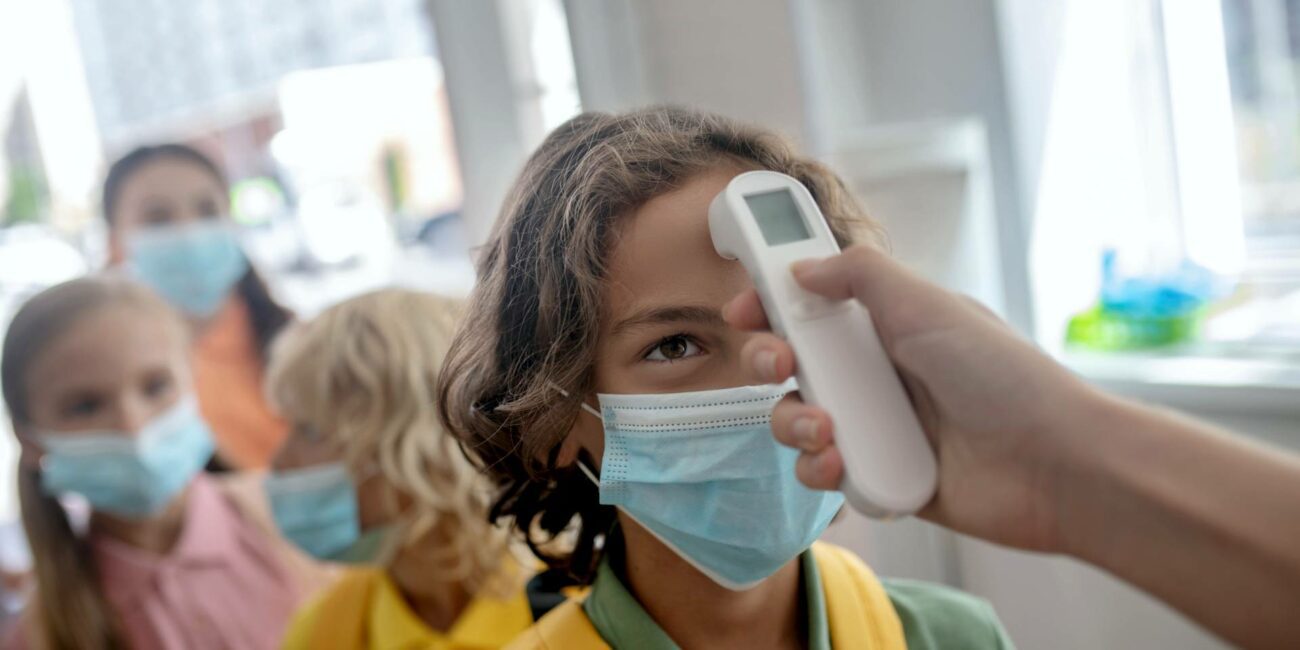Pandemics ~ Data & Analytics (PANDA) coordinators, in an open letter, have challenged South African Centre for Epidemiological Modelling and Analysis (SACEMA) to make their models public – in the public interest
Dear Professor Pulliam
Following Thursday 21 May’s symposium with the Minister of Health, we set out below our comments.
At the outset, we note that, as at the date of this letter, your model has not been made public. This is, in our view, deeply problematic. By insulating your model from scrutiny, you forego the valuable contributions that could be made to refining the model or assessing your model against others. Given that the model serves a public interest imperative, and that decisions affecting all aspects of citizens’ lives are being taken on the basis of the predictions your model generates, the public should have insight into its workings. In this regard, the experience of other countries cannot be ignored. Imperial College’s SEIR model (which predicted over 500,000 deaths in the UK and over 2,000,000 deaths in the United States) was released publicly and experts set to work improving what was described as “totally unreliable” and “a buggy mess” in a manner that clearly benefited decision-making.
Before even getting into the details of model structures and parameters, our salient observation is that estimates of South African deaths in the 40,000 plus range are outlandish:
1. International population mortality, infection fatality and case fatality data all paint a picture of a disease whose severity is profoundly age-related. Current global death rates vary from 0% for children under 10 to 0.2% for people aged 10-39 years, up to 14.8% for people over 80 years of age. Failing to reflect the age distribution of South Africa’s population in forecasts is a profound problem and renders any model that does not do so inappropriate.
2. It has been clear for some time that serology studies in countries where fatalities have peaked and begun to subside return infection percentages that don’t exceed 30%.This could be either due to the fact that the majority of humans are not susceptible to the disease or enjoy significant t-cell immunity that prevents them even from generating antibodies when infected. In either case, models need to take into account the lower attack rate.
When we age-adjust relative to the very worst-hit nations in the world, we are challenged to understand how any model for South Africa could reasonably produce a death forecast of more than 10,000, particularly given that the observed age distribution of deaths in South Africa so far is almost precisely what would arise if the country did not embed any sui generis features (such as HIV or TB as comorbidities).
Our article of Thursday last (https://www.biznews.com/inside-covid-19/2020/05/21/government-covid-19-data-panda) also highlighted seven serious falsifications of the corollaries of standard SEIR models, any one of which would be material enough to void their legitimate application.
One of the consequences of models entailing these large fatality forecasts is that they encourage policymakers to sustain lockdown strategies that embed their own humanitarian crisis. PANDA may have been first to attempt to put a number to the mortality implications of the economic devastation, but our results have been picked up and echoed elsewhere, here and abroad. The assumption in modelling circles seems to be that low fatality estimates are intrinsically more dangerous than high estimates. This is patently and demonstrably incorrect because lockdown strategies that are justified by the high fatality numbers the models are generating also have health impacts. Excessive estimates of fatalities produced by your model will result in harm being suffered.
It is, in our view, scandalous that the models the South African government has been presented with could ever have produced a number of 351,000 fatalities and that they have been adjusted from a best case scenario (i.e. with hard lockdown) of 89,000 fatalities to 40,000 without any explanation.
We therefore regard it as being in the public interest that you should immediately describe the parameters used for your model at all points in the context of the above observations. In the absence of a sound hypothesis for why any of these observations should not be considered highly relevant for South Africa, we expect that you will revise your model with great haste and make public the results at the nearest opportunity.
We trust that you will respond positively to our request to release your model publicly. In case you choose not to do so, we attach to this letter a request for access under the Promotion of Access to Information Act.
Kind regards
Nick Hudson
Co-ordinator of Pandemics ~ Data & Analytics (PANDA)
Issued on behalf of PANDA by Stratagem Consultants. For media enquiries and a soundbite, contact:
Jessica Shelver – 076 175 0663 – [email protected]
Colin Wardle – 073 326 0834 – colin@stratagemconsultants.co.za




